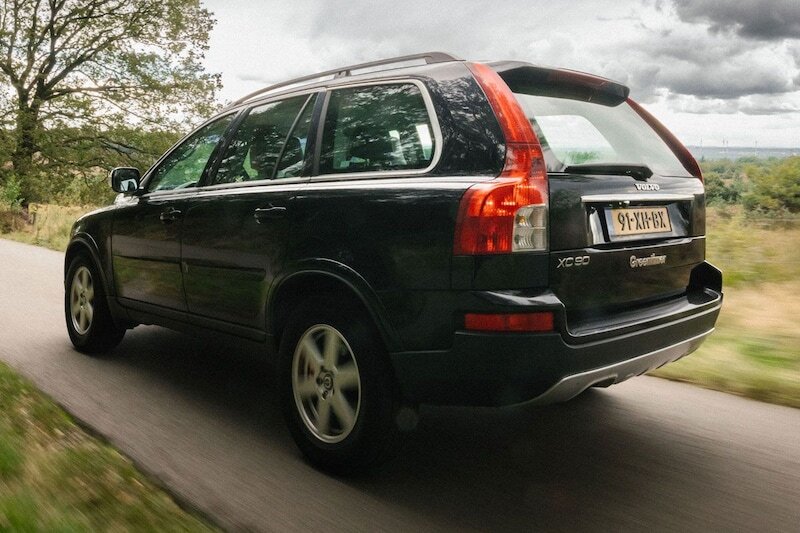The best of both worlds?

The meaning of the term ‘sustainable’ has changed considerably in recent years, but Greentimer believes it can combine the traditional and modern definitions in one car. This Dutch company converts youngtimers into EVs, starting with the Volvo XC90.
Reducing car costs as an entrepreneur can be done in various ways. The advantage of electric driving nowadays lies mainly in the (possibly) cheap driving itself, but a youngtimer remains particularly fiscally attractive. For those who missed it: fiscal addition, payable for those who want to use a company car privately, is calculated for cars of 15 years and older on the current value instead of the new value. This can make a big difference and explains a large part of the well-maintained, but older Volvos, BMWs and Mercedes on our roads, although the drivers have to settle for high fuel consumption and (usually) similar maintenance costs. The Dutch Greentimer thinks it can put an end to that problem by converting youngtimers into EVs.
As a demonstration model and first production model, the first generation Volvo XC90 is used, but Greentimer wants to present one or two other models annually in the future. The XC90 is available with battery packs of 55 or 82 kWh. The version with the small battery has a range of 275 WLTP kilometers, the variant with 82 kWh has a much more usable range of 400 kilometers. The XC90 is therefore not an economy wonder even as an EV, but it seems to be usable.
Fast charging is possible with a maximum of 70 kW, although Greentimer is already talking about an upgrade to 80 kW. You’ll probably have a lot of conversations at Fastned with this car, so time flies. Interestingly, the electric XC90 has only one electric motor, which is mounted at the front and therefore also drives the front wheels. The motor is 220 kW (300 hp) strong and is therefore close to the top model of this generation XC90, the 315 hp V8.
Parts from Volkswagen and Tesla
Also very sustainable: Greentimer obtains the necessary parts for the conversion from used and written-off cars. The batteries come from Volkswagen and the motor is from Tesla. Greentimer naturally emphasizes how sustainable all this is and also points out that you both ‘drive up’ an old car and go through traffic emission-free.
Of course, all this comes at a price. Converting an XC90 costs €27,500 excluding VAT based on the 52-kWh battery, while converting to an EV with the large battery costs you €32,500. That is excluding VAT and excluding Volvo, which you can also have modernized with, for example, a modern touchscreen. Whether such an electric Volvo is financially smart depends heavily on the situation. According to Greentimer, it can quickly pay off for business drivers thanks to the youngtimer scheme, but that depends heavily on the comparison material and, for example, the kilometers driven.